What does urban development look like when it goes beyond being digital and data-driven to actually improving quality of life and participation in local neighborhoods? Now in its third year, our Kiezlabor is exploring just that—by bringing digital co-creation tools right to Berliners’ doorsteps. In our latest interview, we take a closer look at the role of existing participation processes, local Quartiersmanagement (neighborhood management), and how artificial intelligence can support community building.
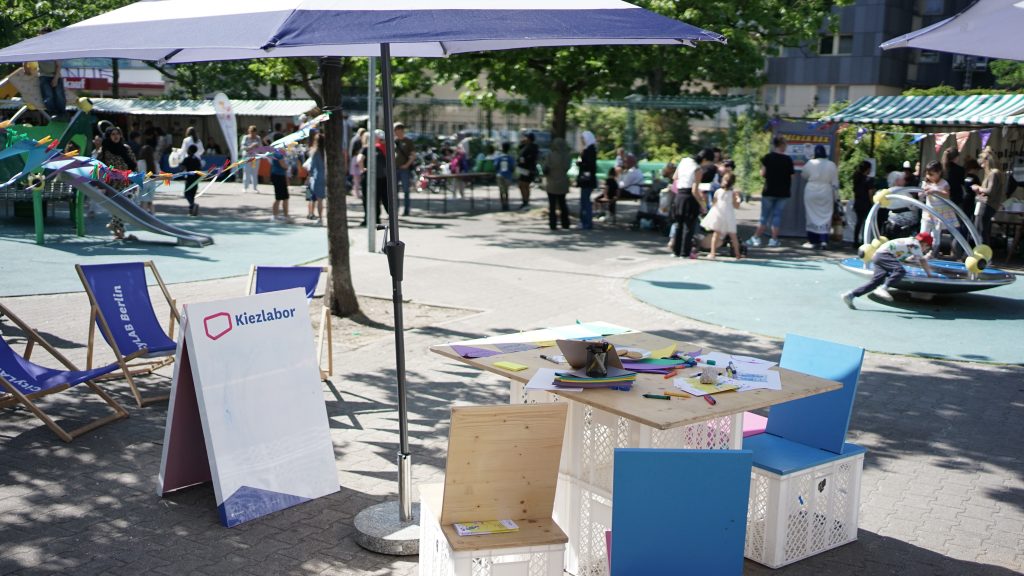
Together with the Quartiersmanagement (QM) Titiseestraße, we spent two weeks this summer at Poppele Platz in Berlin-Reinickendorf, supporting the transformation of the square into a more vibrant and safer neighborhood space.
In this interview, we speak with Teresa Rodenfels from the Quartiersmanagement Titiseestraße and Henriette Närger from CityLAB Berlin about urban development in Berlin that considers digital and social aspects equally.
The Quartiersmanagement is essentially the smallest unit in urban development – what influences the effectiveness of your work, and why are you collaborating with the Kiezlabor?
Teresa: A central lever of our work is being close to and in constant exchange with the people on site – residents, institutions, organizations, and the administration. We were especially happy to collaborate with the Kiezlabor because we find their approach particularly accessible, flexible, and professional. Spending two weeks in one place, getting to know each other, and working together is both simple and effective – and the insights and experiences gathered by the Kiezlabor definitely gave us a new perspective on the needs, desires, and everyday behavior in the square.
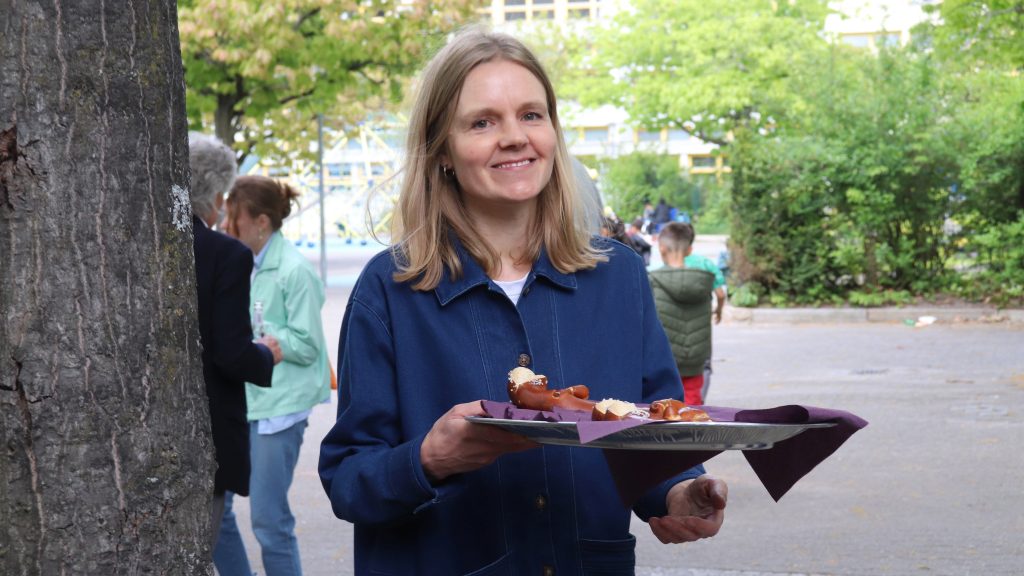
When it comes to designing public spaces, people often first think of adding more greenery or seating. What other ideas do you encounter in the Kiezlabor, and how do digital tools help to generate visions for the city in the first place?
Henriette: There’s rarely a shortage of ideas. They range from the obvious—like more greenery—to bold dreams such as a public pool replacing parking spaces. Digital tools like our AI-powered visualization software KIezvisionen help bring these ideas to life—whether they’re realistic or not. And they don’t always have to be, because it’s the conversations that matter most at first. Take the example of more green space: many people want more flowers, but who will water them? If a school class shares this idea and visualizes it with our AI tool, they might end up founding a watering club at the same time. As Kiezlabor, we help create these kinds of spaces—spaces for discussion, and hopefully, for more flowers that are lovingly watered together.

Do you notice a difference or added value when people interact with artificial intelligence?
The key word here is: curiosity. Many people who come to the Kiezlabor are initially just curious—and when that curiosity meets creative AI tools, the excitement is often huge.
In the context of urban development, there are also many effective analog methods. For example, we can simply place a wooden pallet where a bench might eventually go—this is already a very basic form of visualization. But AI-powered visualizations can be especially helpful in reducing fear of change. Because urban development means transformation—and transformation often brings uncertainty or fear. Images of positive change can make a big difference.
When people interact with AI in the Kiezlabor context, the value isn’t that AI magically solves local problems. Rather, AI supports communication: through visual communication of change, through analyzing local conversations using the Dembrane tool, or by enabling communication with trees via Treebot. Of course, a talking tree doesn’t solve drought—but it helps address the fact that we’ve forgotten how to understand trees in a natural way.
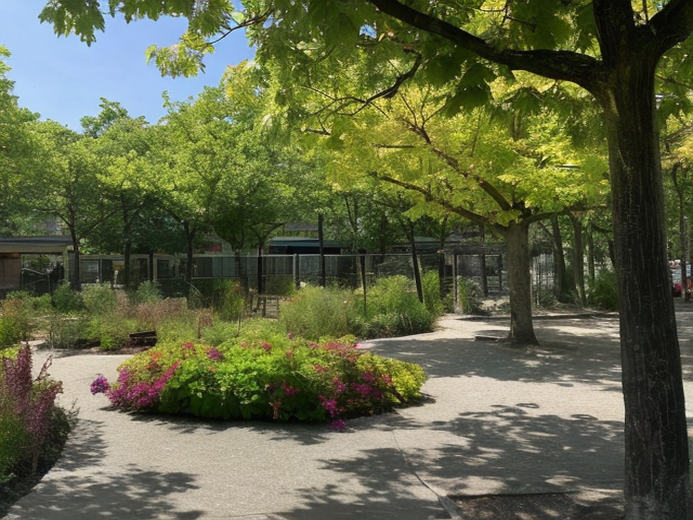
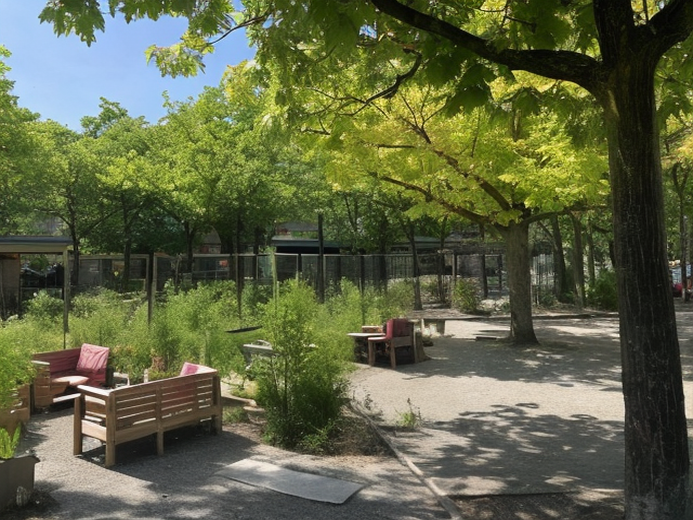

When it comes to the long-term transformation of the neighborhood, how can you concretely support? And who are the collected wishes and ideas addressed to in the end?
Teresa: In our action plan for the duration of the neighborhood process in Titiseestraße, we have identified specific constructional and socio-integrative needs in collaboration with residents, local institutions, and district authorities. These are being addressed over the planned 15 years – we are currently in the fifth year – and will be continuously supplemented by newly emerging needs. Participatory processes are integrated into the construction measures. At the same time, as the neighborhood management (QM), we are the first point of contact for participation on the ground, through everyday conversations with the local community and our resident committees. The wishes and ideas are directly incorporated into the project and construction planning, depending on their feasibility and compatibility with regulations and other needs.
In terms of participation: What works and what doesn’t?
Teresa: Based on our experience, it’s effective to be outside with tables and chairs, perhaps offering something to drink, and maintaining an open attitude. Especially, it’s important to directly approach people, as the social barriers for them to initiate contact themselves are often high. If there’s a trusting bridge to establish contact, even better. It’s also crucial to be realistic about participation, giving an outlook on what can be implemented, and very important – providing the possibility of multilingual communication, as otherwise, many people can’t participate.
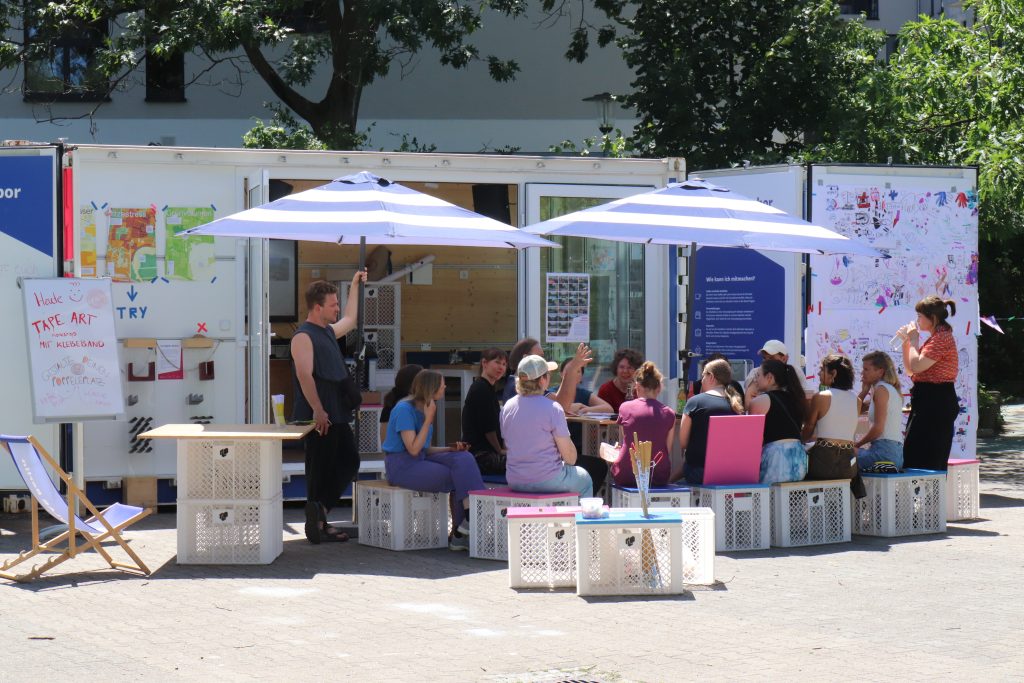
A closing word from you: What should Berlin’s urban development stand for in the future?
Teresa: Definitely for the people, for a climate- and socially just transformation, for shared, beautiful, shaded, and green spaces that are free, accessible to all, and can be co-created.
Henriette: For places like Tempelhofer Feld. That’s where urban development truly has space—literally. There are so many initiatives that can operate within a secure framework—open hours, security, and cleanliness, and, above all, enough space for diversity: Whether it’s a bike repair shop, community gardens, windsurfing, or cricket tournaments.”
“I also hope that we stop saying ‘No, maybe, or in 10 years,’ and instead remain ambitious and open. Additionally, strengthen and expand existing infrastructure instead of rethinking or even abolishing it in small pieces. Speaking of staying ambitious: In Paris, people are swimming in the Seine at public bathing spots this summer—so, my diving goggles are ready for the Spree!
